JB Insights
The diamond industry is at an inflection point
McKinsey & Co Diamond Industry Report

This report by McKinsey explores the challenges and opportunities facing the diamond industry in the wake of several significant shifts. Here’s a breakdown of the key points:
Market Downturn:
- Diamond prices have plummeted after a surge during the pandemic.
- This is due to a combination of factors, including:
- Increased supply chain normalcy.
- Reemergence of traditional engagement timelines.
- Rise of lab-grown diamonds (LGDs) as a more affordable alternative.
- Growing consumer demand for ethical and sustainable sourcing (ESG).
- Sanctions on Russia, a major diamond producer.
Shifting Consumer Preferences:
- Younger generations (Gen Z) are driving changes in diamond buying habits:
- More frequent purchases for self-reward.
- Preference for ethical sourcing and sustainability.
- Increased online shopping for jewelry.
- Growing interest in LGDs and recycled diamonds.
The Rise of Lab-Grown Diamonds:
- LGDs pose a major challenge to natural diamonds due to:
- Lower cost (up to 80% discount).
- Perceived ethical and environmental advantages.
- Increasing quality and size availability.
The Future of the Industry:
- The industry needs to adapt to survive:
- Natural diamond producers can:
- Invest in traceability and ESG practices.
- Highlight the unique value proposition of natural diamonds (rarity).
- Consider vertical integration to manage costs and ensure compliance.
- LGD producers can:
- Focus on further price reduction and technological advancements.
- Address potential environmental limitations of LGD production.
- All diamond players can:
- Develop innovative marketing strategies.
- Embrace digital technologies for transparency and efficiency.
- Build stronger partnerships for financing and branding.
- Natural diamond producers can:
Uncertainties Remain:
- The long-term impact of LGDs on the diamond market is unclear.
- Questions remain about diamond price volatility and ownership of the value chain.
Conclusion:
The diamond industry is at a crossroads. Adapting to changing consumer preferences, embracing technology, and addressing ethical concerns will be crucial for companies to ensure stability and longevity in the years to come.
The Diamond Industry: Navigating a Market in Transition
Insights from Changing Consumer Behavior, Technological Advancements, and ESG Imperatives
The global diamond industry, long associated with timeless luxury and tradition, is undergoing a seismic transformation. Once characterized by stability and predictable growth patterns, it now faces significant disruptions fueled by shifting consumer behavior, technological advancements, and heightened environmental, social, and governance (ESG) expectations. This article examines these trends, highlighting how diamond producers—both natural and lab-grown—can position themselves for sustained relevance and profitability.
A Market Recalibrated Post-Pandemic
The diamond industry experienced an unprecedented surge in prices during the COVID-19 pandemic, driven by delayed engagements, disrupted supply chains, and an increase in discretionary spending on luxury goods. However, this trend has reversed sharply, with diamond prices now at multi-year lows.
Several factors have contributed to this decline:
- Rise of Lab-Grown Diamonds (LGDs): Offering affordability and perceived ethical benefits, LGDs have captured a growing share of the market.
- Return to Pre-Pandemic Norms: Engagement and marriage cycles have resumed their traditional rhythms, reducing the urgency of purchases.
- Sanctions on Russian Diamonds: Restrictions on Russian producers, including Alrosa, have altered global supply dynamics.
- Increased ESG Awareness: Consumers now demand greater transparency and sustainability in diamond sourcing, putting pressure on traditional producers to innovate.
Shifting Consumer Preferences: A Generational Shift
Consumer behavior, particularly among younger generations, is reshaping the diamond market. Key trends include:
- Ethical Sourcing and Sustainability:
Generation Z and Millennials prioritize brands that align with their values. Ethical labor practices, sustainable sourcing, and carbon-neutral operations are non-negotiable for these consumers. - Increased E-Commerce Activity:
Online diamond purchases are growing, with projections suggesting that nearly 20% of fine jewelry sales will occur digitally by 2025. The convenience and transparency of online platforms are redefining how consumers engage with brands. - Lab-Grown Diamonds as an Alternative:
LGDs are no longer confined to industrial use. They now represent a viable, affordable, and ethical alternative for fine jewelry, particularly in Western markets. - Self-Purchasing Trends:
Younger consumers increasingly view diamond purchases as a form of self-reward rather than traditional markers of engagements or anniversaries.
Technological Disruptions: LGDs and Supply Chain Traceability
Lab-Grown Diamonds: A Rising Threat
The affordability, scalability, and ethical appeal of LGDs have positioned them as the most significant disruptor to the natural diamond market. LGD prices, currently at an 80% discount compared to natural diamonds, have accelerated adoption among value-conscious consumers. Technological advancements have enabled the production of larger, high-quality stones, further eroding the exclusivity of natural diamonds.
Supply Chain Innovations
Traceability is becoming a central pillar for diamond producers. Blockchain technologies and other digital tools allow consumers to verify the origin, production methods, and journey of their stones. Beyond compliance, this transparency creates opportunities for storytelling, connecting consumers to the unique narratives behind their diamonds.
Strategic Imperatives for Industry Players
To navigate these challenges, stakeholders across the diamond value chain must adopt proactive strategies:
For Natural Diamond Producers
- Invest in ESG Compliance: Ensure ethical mining practices, sustainable water use, and community engagement.
- Promote Rarity: Highlight the uniqueness and natural origin of mined diamonds, leveraging these qualities as a counterpoint to LGDs.
- Vertical Integration: Streamline operations to enhance efficiency and reduce costs while meeting ESG targets.
For LGD Producers
- Focus on Innovation: Continue improving production methods to lower costs and increase scalability.
- Address Environmental Concerns: While LGDs are marketed as sustainable, energy-intensive production processes must be optimized.
For Retailers and Midstream Players
- Embrace Digital Transformation: Develop e-commerce platforms and invest in digital marketing to engage younger, tech-savvy consumers.
- Offer Recycled and Vintage Options: Cater to the growing demand for sustainable and upcycled jewelry.
Looking Ahead: Uncertainties and Opportunities
The future of the diamond industry is far from settled. Several questions remain unanswered:
- How will LGDs reshape market dynamics?
- Can natural diamond producers justify their premium pricing amid rising LGD quality?
- How will geopolitical tensions and regulatory shifts impact supply chains?
Despite these uncertainties, one fact is clear: adaptation is essential. Whether through technological investment, strategic partnerships, or redefining value propositions, diamond industry players must evolve to meet the demands of a changing market.
The industry is at a crossroads. Those willing to innovate, align with consumer values, and embrace technological advancements will not only survive but thrive in this new era.

JB Insights
Sparkle in Tradition, Shine in Style This Diwali

Celebrate the Festival of Lights with Kolkata’s finest jewellers – timeless creations in gold and diamonds that honour heritage, radiate elegance, and become cherished legacies for generations.
This Diwali, Kolkata’s leading jewellers invite you to embrace the spirit of light, prosperity, and togetherness with timeless jewellery creations. From dazzling statement pieces that complete your festive look to evergreen classics that shine long after the celebrations, each jewel is crafted to capture the brilliance of the festival of lights and the promise of new beginnings. Celebrate this Diwali with a treasure that sparkles from the heart – a keepsake in gold that becomes a legacy for generations to come.
AVAMA JEWELLERS BY ABHISHEK KAJARIA



From Dhanteras to Diwali: Celebrate in Radiant Elegance with ‘Diwali Dazzle 2025’ by Avama Jewellers
Embrace the Spirit of Diwali with ‘Diwali Dazzle 2025’: A Collection of Timeless Jewels. As the golden glow of Dhanteras ushers in the season of lights, and Diwali approaches with all its splendor, Avama Jewellers by Abhishek Kajaria invites you to celebrate the most anticipated time of the year with ‘Diwali Dazzle 2025’—a resplendent collection of fine jewellery that captures the very essence of timeless tradition and contemporary sophistication. Rooted in the richness of India’s festive heritage and inspired by the purity and auspiciousness of the season, ‘Diwali Dazzle 2025’ is an exquisite symphony of diamonds and polki. Each piece is a testament to Avama’s enduring design philosophy—where elegance meets innovation, and heritage harmonizes with modernity. Whether it’s an intimate Diya Puja at home or a glamorous evening soirée, this collection has been meticulously curated to elevate every festive ensemble. The collection offers a wide array of stunning designs, from intricately crafted jhumkas with a contemporary edge, statement rings that blend opulence with wearability, sleek, minimalist bracelets ideal for layering or standalone wear and Chokers that radiate regal charm with a modern twist- every jewel in this collection is designed to transcend fleeting trends, offering heirloom-worthy allure with versatile styling. Enjoy a host of exclusive festive privileges at Avama Jewellers- including zero making charges on gold coins, the opportunity to exchange your old gold jewellery for new BIS hallmarked pieces, and up to 50% off on select gold, diamond, and polki jewellery. Discover additional delights with up to 15% off on gemstones, and receive assured gifts on purchases above Rs.50,000. This festive season, Avama Jewellers brings not just jewellery, but a celebration of light, legacy, and luxury. With exclusive festive offers and a commitment to craftsmanship, ‘Diwali Dazzle 2025’ ensures that you step into every celebration adorned with grace, confidence, and unmistakable brilliance. Let your moments shine brighter…Let your traditions be adorned in elegance…Let Avama Jewellers be your companion from Dhanteras to Diwali and beyond.
MADANJI MEGHRAJ JEWELLERS
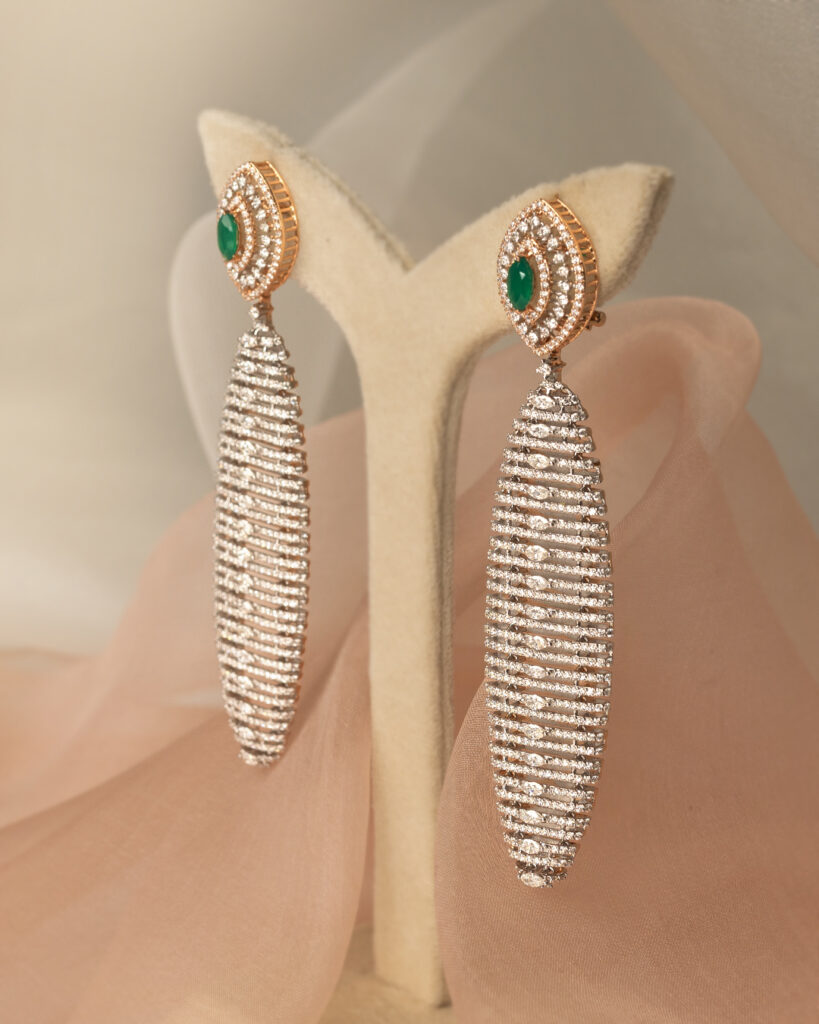
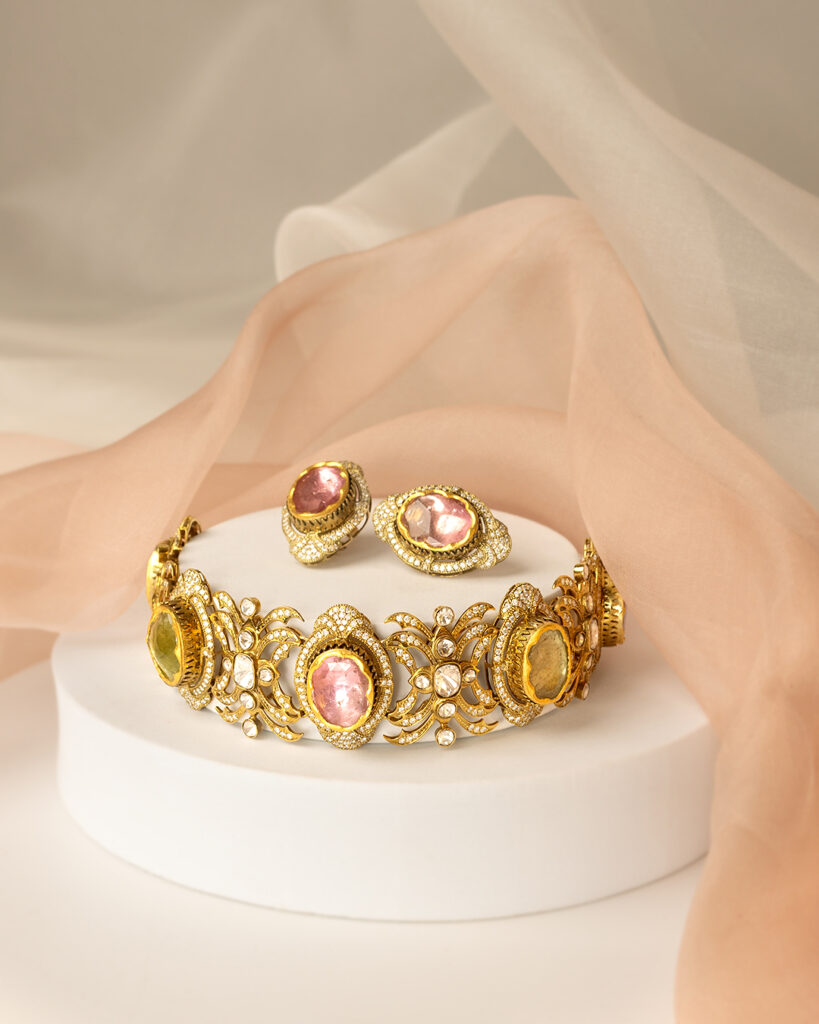
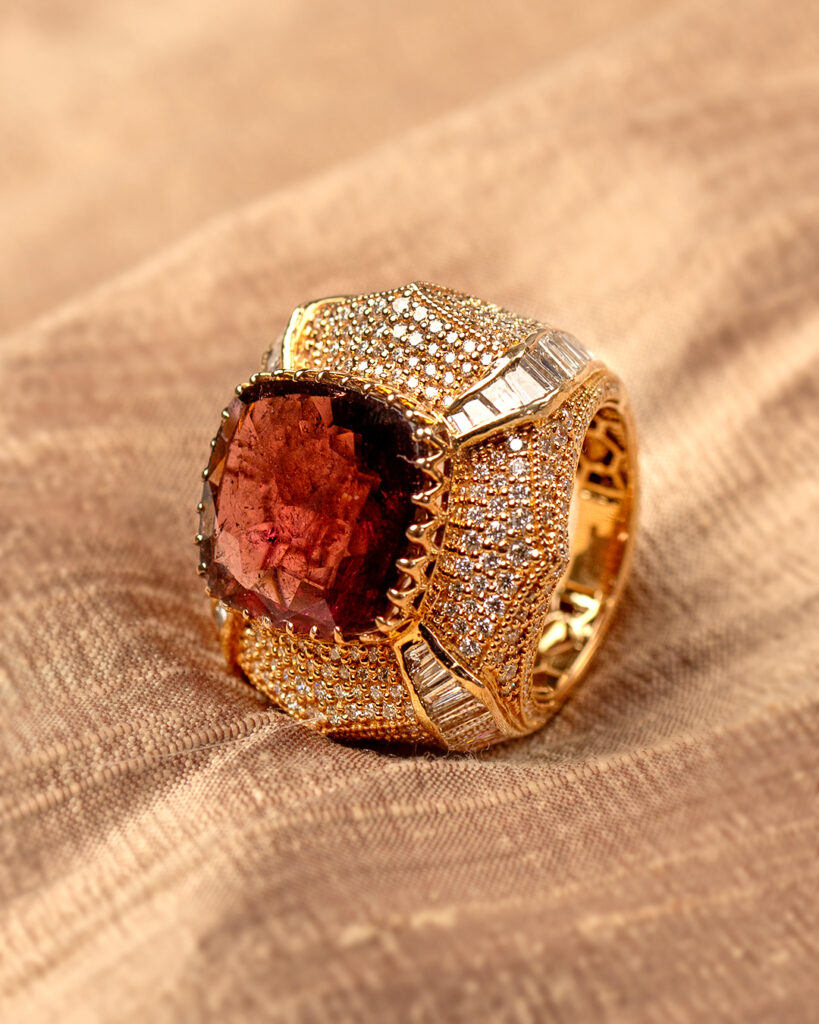
Illuminate Your Diwali with Madanji Meghraj Jeweller’s ‘Diwali Treasures 2025’ A Celebration of Light, Legacy, and Luxury….
As Diwali approaches, homes are adorned with the warm glow of diyas, the fragrance of festive indulgence fills the air, and hearts come alive with the joy of togetherness. It is a time where tradition embraces the present, and every detail — from decor to ensemble — is curated with meaning. This festive season, Madanji Meghraj Jewellers invite you to celebrate with an exquisite collection designed to mirror the radiance of the festival: ‘Diwali Treasures 2025’ Inspired by the ethereal glow of Diwali nights and the enduring symbolism of prosperity and new beginnings, ‘Diwali Treasures 2025’ is a luminous tribute to timeless elegance and contemporary artistry. This thoughtfully curated collection features a magnificent array of diamond, polki, and gemstone jewellery, each piece crafted to elevate your festive ensemble with sophistication and soul. From opulent statement necklaces to delicate earrings, charming bracelets, and artfully designed rings, every creation echoes the spirit of Diwali—celebratory, graceful, and radiant. The pieces are a seamless blend of traditional craftsmanship and modern design sensibilities, honouring the heritage of Indian jewellery while appealing to today’s refined aesthetic. Whether you are attending a sacred puja, a festive soirée, or an intimate gathering with loved ones, ‘Diwali Treasures 2025’ offers jewels that complement every moment of celebration. Imagine polki earrings that glisten under soft candlelight, or a diamond choker that catches every flicker of the flame — each piece designed not just to adorn, but to enchant. Known for its legacy of exceptional craftsmanship and design excellence, Madanji Meghraj Jewellers once again delivers artistry that transcends trends. This collection embodies not just the beauty of the festival, but the enduring charm of jewels that will be treasured for generations to come. This Diwali, let your celebration be adorned with brilliance that lingers long after the festivities fade. Discover the magic of ‘Diwali Treasures 2025’ — where every piece is a celebration in itself.
Punamchand Jewellers Unveils ‘The Radiance Edit’ for a Sparkling Diwali

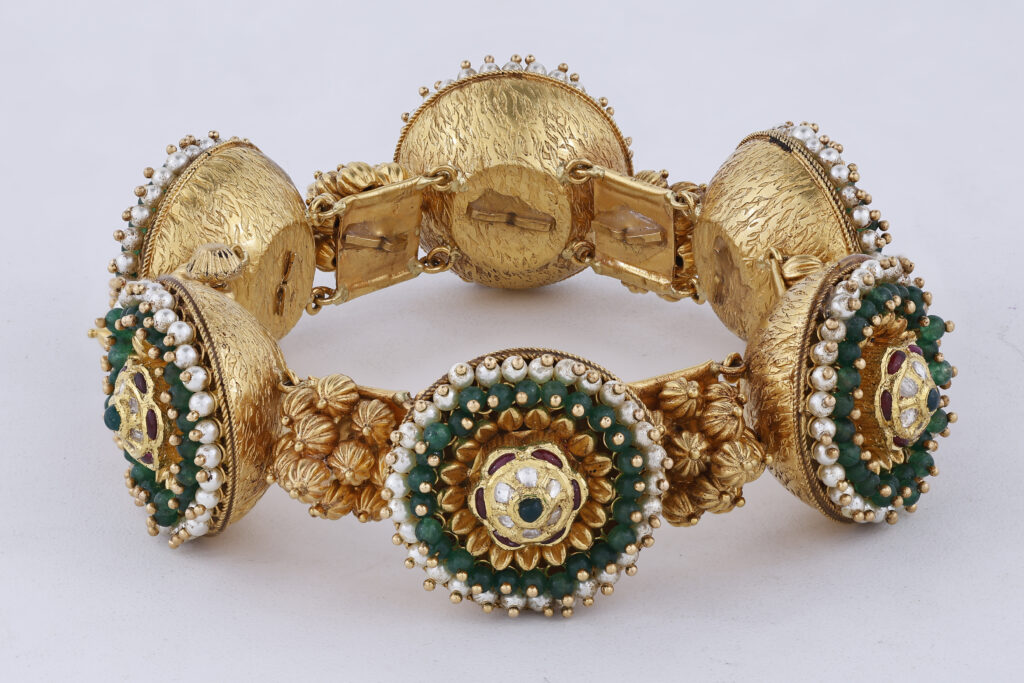

Kolkata: Diwali is a festival that celebrates light, joy, and prosperity, making it the perfect occasion to indulge in timeless jewels that radiate brilliance. With a legacy spanning over six decades, Punamchand Jewellers presents “The Radiance Edit”, a festive curation that captures the spirit of togetherness while honouring the brand’s unmatched heritage of trust, craftsmanship, and innovation.
The collection is an opulent mix of sparkling EF colour diamonds, regal polki and jadau sets, and gemstone-encrusted creations featuring emeralds, rubies, and sapphires. Each piece is designed to reflect every facet of Diwali dressing—whether it’s dazzling diamond earrings for an elegant taash party look, bold Rajwada-inspired necklaces for the main Diwali day celebrations, or
statement gemstone rings that complete a cocktail evening ensemble. The Radiance Edit ensures there is a jewel for every moment, every gathering, and every expression of style this festive season.
Speaking about the collection, Yogesh Soni, Director of Punamchand Jewellers, shares, “At Punamchand, we believe jewellery is not just an adornment but a legacy—an heirloom of love and celebration. With ‘The Radiance Edit,’ we wanted to bring together creations that resonate with both tradition and today’s evolving style sensibilities. Every jewel has been crafted to not only complement festive looks but also to become a cherished part of Diwali memories for generations to come.”
✨Festive Offer: Celebrate Diwali with sparkle and savings! Enjoy 50% off on making charges from 9th to 19th October across all stores.
MAHABIR DANWAR JEWELLERS



Mahabir Danwar Jewellers Unveils ‘The Padmavati’ Collection This Diwali
This Diwali, as homes glow with lights and families come together to celebrate prosperity, joy, and new beginnings, Mahabir Danwar Jewellers introduces The Padmavati Collection—a tribute to timeless legacy, strength, and elegance. Inspired by the legendary Rani Padmavati, this luxurious line blends traditional Indian artistry with contemporary refinement, curated for women who carry their heritage with pride while embracing modern sophistication.
The Padmavati Collection is a dazzling symphony of diamonds, polki, kundan, and antique gold craftsmanship, designed to mirror the grandeur of India’s heritage while suiting modern festive lifestyles. The collection features opulent chokers, regal layered haars, statement earrings, cocktail rings, maang tikkas, and bangles, each intricately handcrafted to capture the sparkle of Diwali. Rich emeralds and rubies lend vibrant pops of colour, while polki and jadau sets exude an old-world charm. From glamorous diamond danglers for taash parties to traditional polki masterpieces for Diwali day poojas and gemstone-studded cocktail pieces for evening soirees, every jewel is thoughtfully designed to complement the many moods of the festive season.

Speaking about the collection, Vijay Soni, Director, Mahabir Danwar Jewellers, shares, “Diwali is about celebrating prosperity, heritage, and togetherness, and jewellery has always been at the heart of these traditions. With ‘The Padmavati Collection,’ we wanted to bring creations that resonate with our culture yet complement today’s festive lifestyles. Each piece is crafted to be more than adornment—it’s a legacy to treasure, an emotion to cherish, and a sparkle that completes every celebration.”
To add to the festive spirit, Mahabir Danwar Jewellers is offering up to 100% discount on the making of diamond jewellery, up to 50% discount on the making of gold jewellery, up to 50% discount on the making of diamond polki jewellery, up to 35% discount on the making of jadau and antique gold jewellery, and up to 20% discount on Italian design chains. In addition, every purchase comes with a lucky draw coupon for every ₹10,000 spent, making each purchase even more special and rewarding this festive season.
Shine Bright This Diwali with ‘Diwali Luxe 2025’ by Indian Gem & JewelleryCreation
Bring out the brilliance this festive season…
As the joyous spirit of Diwali fills the air, it brings with it a sense of renewal, celebration, and luminous beginnings. Known as the Festival of Lights, Diwali is a time to embrace the triumph of good over evil and to welcome the promise of a radiant year ahead. And what better way to mark this auspicious occasion than with jewellery that reflects the sparkle in your heart and the grandeur of the season? In celebration of this cherished time, Indian Gem & Jewellery Creation is proud to unveil its newest festive collection — ‘Diwali Luxe 2025’ — a thoughtfully curated array of timeless pieces designed to elevate your celebrations with grace, glamour, and meaning. Renowned for their exceptional craftsmanship and inspired design, Indian Gem & Jewellery Creation continues to capture the essence of heritage with a modern flair. The ‘Diwali Luxe 2025’ collection is no exception — a luminous showcase of diamond jewellery enhanced with vibrant gemstones, offering the perfect balance between tradition and contemporary elegance. From sleek diamond-studded earrings that echo minimalist sophistication, to intricately detailed necklaces, majestic bangles, and statement rings, each piece is created to complement the grandeur of the festive season. The collection speaks to women who appreciate jewellery that reflects their cultural roots while effortlessly blending into modern celebrations — whether it’s a traditional Diya Puja or a glamorous Taash party. Notably, this season’s favourites include vibrant gemstone accents, a celebration of colour and symbolism, as well as versatile statement earrings and refined bracelets—ideal for the style-conscious, modern woman. Whether you’re seeking to indulge in timeless heirlooms this Dhanteras, or looking to make a bold impression throughout your Diwali gatherings, ‘Diwali Luxe 2025’ offers a range of treasures to match every mood and moment. Join us in celebrating the essence of Diwali through jewels that dazzle, designs that endure, and craftsmanship that tells a story of light, legacy, and luxury. Indian Gem & Jewellery Creation invites you to discover a collection where each piece is more than an accessory—it’s an expression of celebration.
BHARTI BANGUR FINE JEWELS

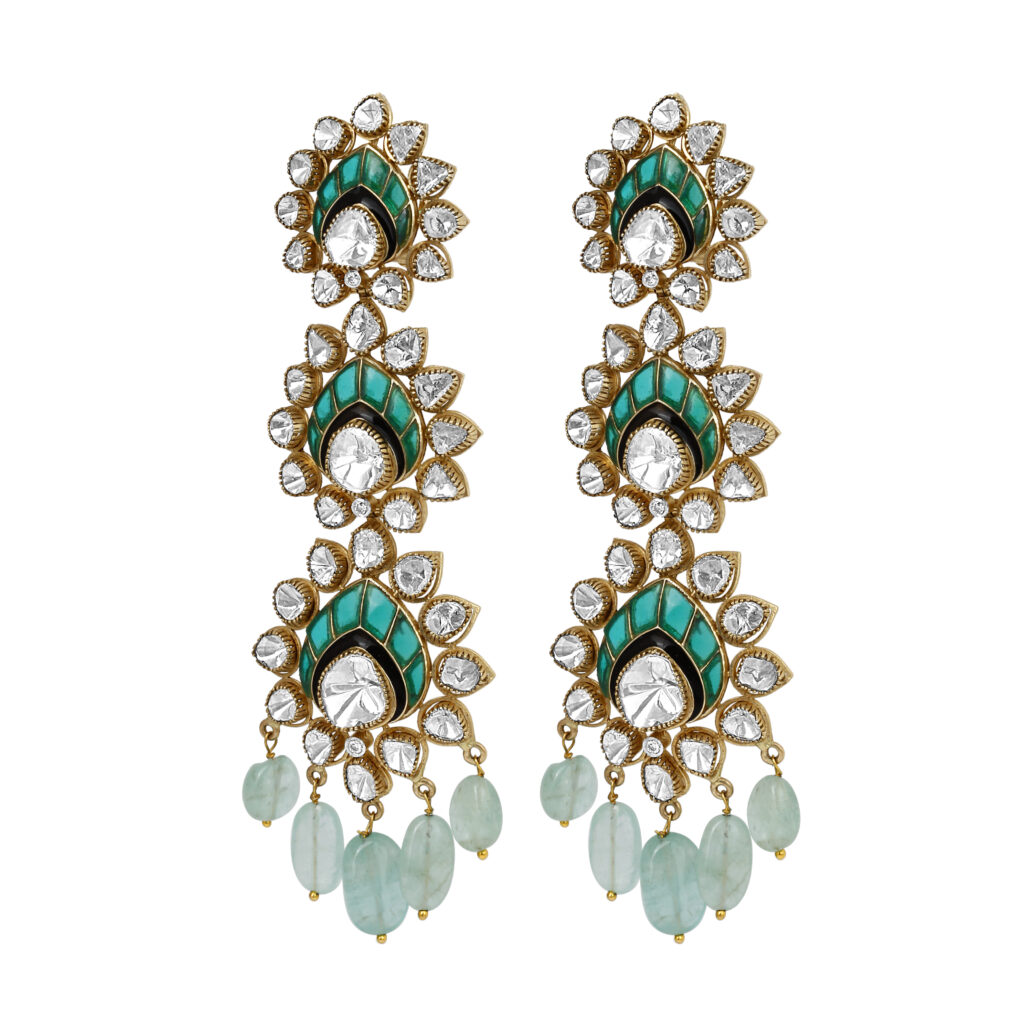

DIAMONDS, POLKI & PRECIOUS STONES TAKE CENTERSTAGE IN THE DIWALI EDIT BY
BHARTI BANGUR- FINE JEWELS
Diwali, the festival of lights, is not just about lamps, sweets, and celebrations—it is about the women who make every home shine brighter. The unsung heroes who put their children, husbands, and parents first, and themselves last. They are the true Laxmis, bringing warmth, love, and light into the world around them. This Diwali, Bharti Bangur Fine Jewels pays tribute to these women with “The Diwali Edit”, a collection that celebrates their grace, resilience, and brilliance.
From the sparkle of natural diamonds to the rich hues of emeralds and rubies, and the regal charm of polki and jadau, The Diwali Edit is crafted for every moment of the season. Think dazzling diamond danglers to add glamour to taash parties, intricate jadau necklaces for the main Diwali day celebration, or elegant ruby and emerald cocktail rings that light up festive evenings. Designed to balance tradition with modern elegance, each piece is made to remind women that they too deserve to celebrate themselves.

Speaking about the collection, Bharti Bangur shares, “Women are the heart of every household and the true Laxmis of our lives. They give selflessly, putting their families first and themselves last. With ‘The Diwali Edit,’ I wanted to create jewellery that acknowledges their strength, honours their role as nurturers, and inspires them to embrace their own beauty and individuality. This Diwali, we invite women to pamper themselves—to shine as brightly as the lights they kindle in their homes.”
Adding to the celebrations, Bharti Bangur Fine Jewels is offering a flat 15% off on all jewellery pieces in store —Fine and Fashion—from 8th to 10th October 2025. A special three-day window to acknowledge and celebrate the women who make every Diwali truly Shubh, beautiful, and love-filled.
This Diwali, celebrate yourself—the goddess within—with jewels as radiant and timeless as your spirit.
-
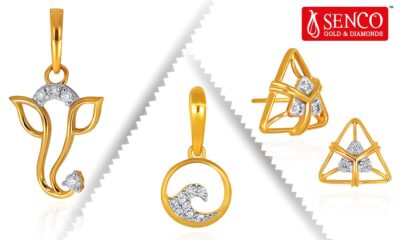
 National News1 day ago
National News1 day agoSenco Gold & Diamonds launches affordable 9k gold jewellery starting under ₹7,000, a Game-changer amid fluctuating gold prices this Dhanteras
-

 National News11 hours ago
National News11 hours agoDassani Brothers introduces “Aarambh – A New Beginning, A New Brilliance” A festive ode to light, legacy, and new possibilities
-

 National News6 hours ago
National News6 hours agoZEN Diamond Partners with National Diamond Council to Reinforce Commitment to Authenticity and Craftsmanship
-

 News7 hours ago
News7 hours agoGlobal jewellery industry spotlight turns to Dubai for JGTD 2025




